Theme: Research
Thank you!
Like many, we have experienced teleworking. The on-site return to work started in May with the experimenters. Since then, little by little, we have been returning to our offices and it is a real joy to be back… in compliance with the protection rules (social distancing and wearing a mask). Our situation is nothing special.
Yet it was the occasion of a special event, which we would like to share and which highlights Loan Vo :
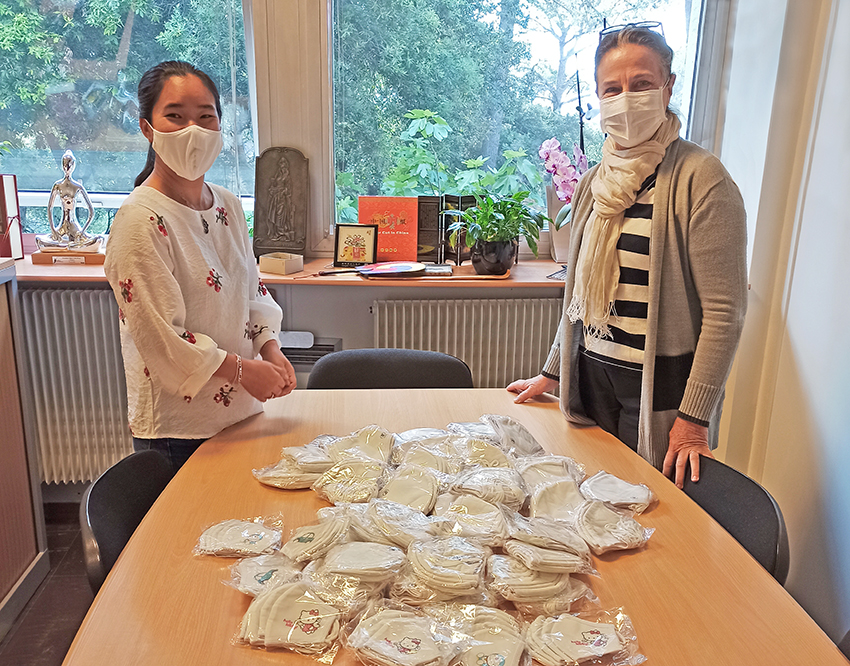
Loan is Vietnamese. After her thesis in Austria, Loan joined us in 2013 to work on the Future Investment Project, Biomass For the Future. She will meet her husband, Jordi, also in postdoc at CEMEF, together they have a little girl. She will then return as a research engineer for another research project of the BIO team with the company Luxottica. The project ended in December 2019.
In full lockdown, Loan is investigating… Thanks to a relative, a doctor in Vietnam, she finds what she is looking for: masks! Not just any masks, "real" ones that protect, are reusable AND validated by the health services. At the end of April, when the shortage is acute, she orders 1000 masks with the intention of distributing them!
As soon as the delivery was received, on 11 June, Loan came to CEMEF to donate 250 masks! CEMEF is a bit like her second family, she says, so it's only natural that she wants to contribute and help.
*Delivery difficulties with the closed borders did not allow her to get the total number she had hoped for. So Loan delivered all the masks received to CEMEF.
We want to give her a kiss, to hug her to express our gratitude.
Thank you Loan for your gesture and your attention. You are very discreet and you certainly don't like to be put forward like this but it is the way we can thank you and show our appreciation.
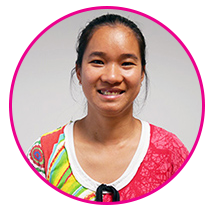 It is also an opportunity for us to talk about Loan's immense professional qualities.
It is also an opportunity for us to talk about Loan's immense professional qualities.
Loan Vo is an outstanding materials science researcher. She is interested in various areas of biomass-based materials: such as polymer composites reinforced with natural fillers, the functionalization of cellulose or cellulose derivatives. She is the author of more than 10 papers, two patents and numerous contributions to national and international conferences. The results she obtained during her time at CEMEF were beyond her expectations.
>> See her publications (HAL)
Join us!
The recruitment campaign has begun at CEMEF.

Our following educational programmes recruit:
- Doctorate: to find out more about thesis projects, please click here.
- High Performance Computing & Artificial Intellinge Specialized Advanced Master Degree: visit the MS HPC AI website
The modalities and dates vary from one course to another.
We strongly advise you to send your application now so that it can be processed in the best possible conditions.
Good luck to you!
Tatiana Budtova, CNRS 2020 silver medal
Tatiana Budtova, scientist at CEMEF, is recipient of the CNRS 2020 Silver Medal.
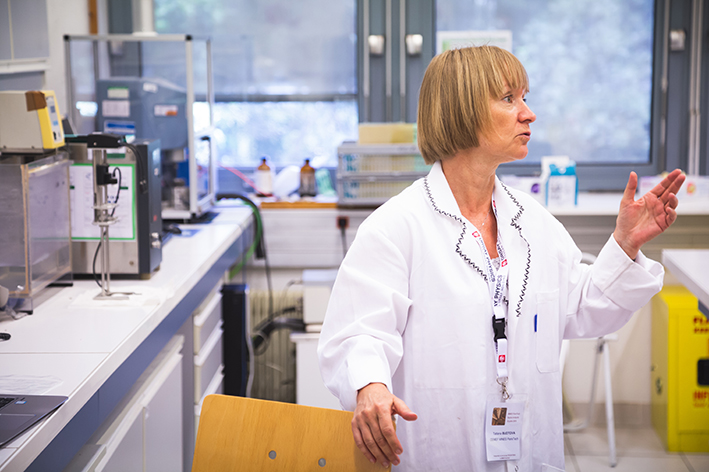
This award is a great honor and recognition of her work on bio-aerogels over the past 20 years.
We asked her some questions to know more about her research work.
What is your research devoted to?
I work on the development of new materials based on natural polymers, such as cellulose or starch. Currently, these polymers are used in the “too” traditional ways, with applications in textiles, food or cosmetics (as viscosity modifiers).
I’m trying to make biomaterials with higher added value and with new “unexpected” properties for their new applications. For example, we use pectin (which is a gelling agent in food) for making a thermal super-insulating material.
I am not performing chemical modifications of polymers; I am interested in the whole biomaterials’ production “chain”, from their formulation (dissolution, properties of solutions such as flow and gelation) and shaping (3D printing, drying) to their final properties (porosity, mechanical properties, thermal conductivity, use for biomedical applications).
Can you describe your career in 5 dates?
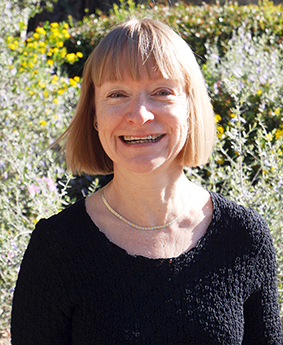
1992: Defense of my doctoral thesis on polymers,
1999: HDR
2004: Work begins on bio-aerogels
Here an interesting story should be told. Silica-based aerogels were invented in the 1930s and then forgotten. In the 1970s they reappeared and in the 1990s aerogels based on synthetic polymers were synthesized. First bio-aerogels were made in the early 2000s. The idea was to manufacture aerogels without chemical synthesis, based on “ready-made” polymers created by the Nature. This idea was born during a brain-storming meeting with colleagues from PERSEE/MINES ParisTech research center. They are experts in inorganic aerogels and aerogels based on synthetic polymers. On the CEMEF side, we are specialists in bio-based polymers and gels. Why not “marry” the “bio” + “aero” + “gel”?
The first research project on bio-aerogels was “AeroCell” funded by the European Commission and coordinated by Lenzing, the Austrian company expert in cellulose fibres. In 2004, CEMEF and PERSEE submitted a SOLEAU envelope. At that time, this new material was called “aerocellulose”. All bio-based aerogels are now called “bio-aerogels”.
2008: Creation of the Industrial Chair in Bioplastics supported and financed by Arkema, L’Oreal, Nestle, PSA and Schneider Electric.
2014: Discovery that pectin aerogels are thermal super-insulating materials (2013) and Innovative Environmental Techniques Award by Ademe.
What is your current research about?
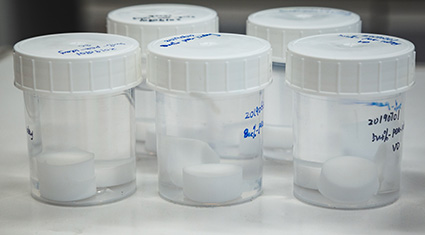
The current challenges are the reduction of the costs related to the preparation of of bio-aerogels (by avoiding supercritical drying) and preventing their ageing. I am also interested in the development of bio-aerogels of complex shapes using 3D printing for biomedical applications. Finally, I am exploring other types of applications, such as materials for energy.
What is your major contribution?
The discovery and development of new bio-based materials: bio-aerogels.
What does this award mean to you?
I am of course very honoured by this award. I would like to underline that it is the result of teamwork: without my colleagues and their support, and especially without my doctoral and post-doctoral students, all these achievements would not have been possible.
What are your research plans?
I will continue my research on bio-aerogels, and on bio-based materials in general. I am passionate about this field of research and there is still so much to be discovered and developed. There is still a lot of work to be done before bio-aerogels can be put on the market.
Interviewed on March 3, 2020.
Tatiana Budtova will receive her silver medal at a ceremony organised by the CNRS in autumn 2020.
To find out more on Tatiana Budtova work :
Great future for biobased aerogels
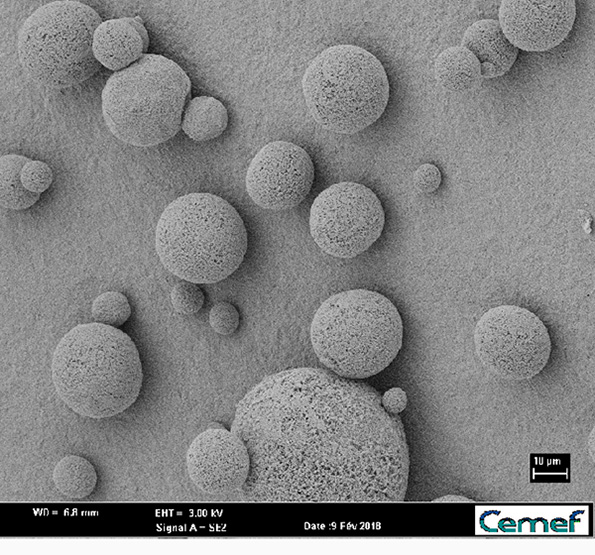
New exciting results on biobased aerogels (bio-aerogels) were obtained in the group of Tatiana Budtova. Fifteen years of research in this area resulted in breakthrough advancements.
Lucile Druel started her PhD thesis in the frame of this project, supervised by Tatiana. The scientific literature on this topic was practically non-existent. They tried to reproduce the published results but without success. However, they managed to develop a new approach and obtained aerogel beads of 20 microns in diameter.
Tatiana explains: « Now our method is reliable and reproducible. It is a result of a fruitful collaboration with colleagues from Hamburg University of Technology. This is a great advantage of common research projects.”
Our story could stop here …. But research continues. In fact, to make aerogels a special drying, in supercritical conditions, is needed. This is to remove the solvent from the gel and preserve its porosity and nanostructure, which results in exceptional properties of aerogels: very low density, high adsorption capacity and insulation properties.
« We were working following our intuition, but it is based on a long-lasting expertise in cellulose aerogels” said Tatiana.
Lucile Druel will defend her PhD thesis "Cellulose based aerogels: properties and shaping as beads" on May 10th, 2019.
Aerogels have their COST Action

COST? What is a COST? First of all, it is a programme dedicated to European Cooperation in Science and Technology which helps connecting research initiatives on selected topics across Europe and beyond. COST Actions are bottom-up networks that boost research, innovation and careers.
Aerogels are a special class of lightweight nanostructured materials with high and open porosity, very high internal pore surface area and tunable physicochemical properties. These properties make aerogels extremely versatile materials for numerous applications. Although some types of aerogels have already reached the market in construction materials and aerospace engineering, the full potential of aerogels is still to be discovered, tells us Tatiana. The interest of this Action is its interdisciplinarity between sectors with very little connexion. The long-term scope of this Action is to develop an aerogel technology able to improve the welfare of European people and to move towards cleaner and smarter production in Europe.
>> Visit AERoGELS COST Action website
Elie Hachem invited to give a seminar at NASA
Being invited to speak about science at NASA puts a lot of stars in your eyes! And posing in front of a cluster 240000 CPU cores again so much for Elie Hachem. He was invited yesterday to give a seminar at NASA's Advanced Supercomputing Division on the "Massively Parallel Anisotropic Meshing Framework for CFD and Data Sciences".
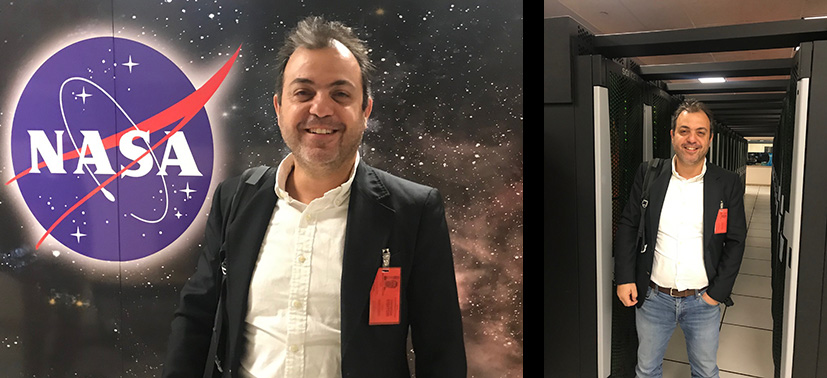
> More details and online seminar on the website of NASA




